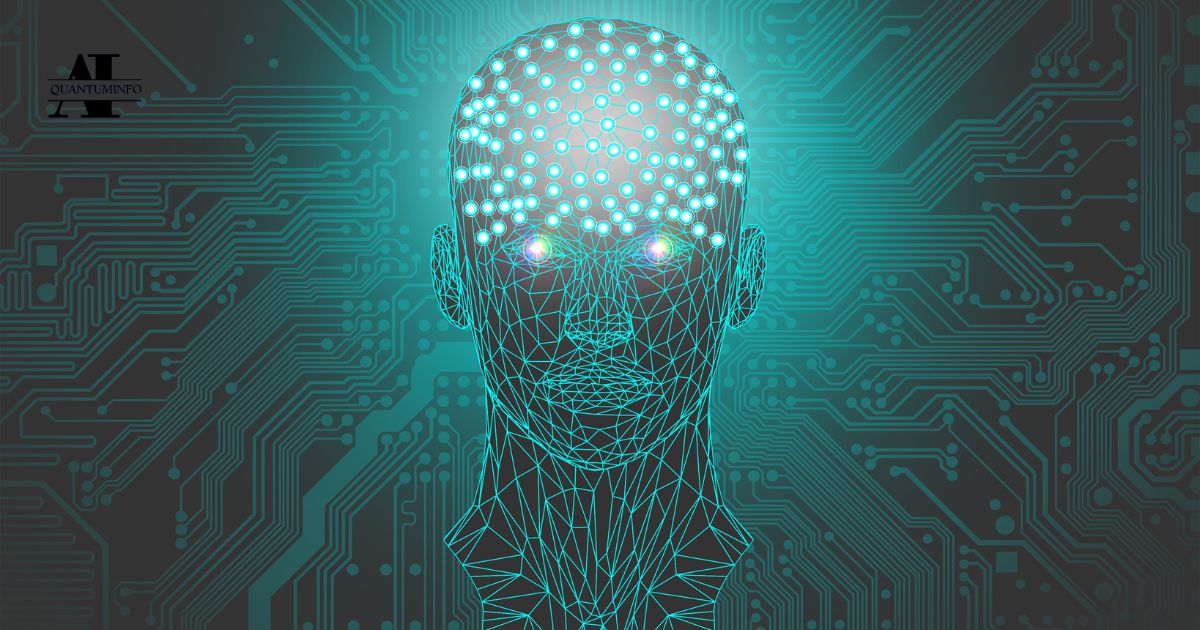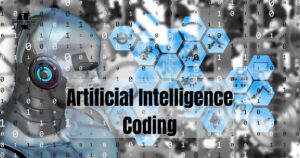Artificial intelligence clip art refers to visuals or graphics made with AI technology. These graphics are frequently used in presentations, websites, and social media to demonstrate AI ideas. They are simple to use and can save time while designing content. AI-generated clip art is gaining popularity since it provides unique and adjustable designs to meet various needs.
Clip art powered by artificial intelligence can help you unleash your creativity! Imagine having spectacular, one-of-a-kind visuals at your fingertips, allowing you to easily enhance your efforts. AI clip art provides limitless possibilities for developing a website, creating a presentation, or enhancing social media. Prepare to wow your audience with eye-catching designs, all in seconds. Say goodbye to monotonous visuals and hello to innovation: AI clip art is your secret weapon for standing out!
Artificial Intelligence Clip Art is an innovative tool that employs artificial intelligence to generate one-of-a-kind, customized graphics. They’re ideal for boosting visual presentations, websites, and social media posts. AI clip art allows you to rapidly generate eye-catching graphics that are suited to your specific needs, making your content more engaging and professional.
The evolution of clip art
For decades, clip art has been a common feature of digital communication. Clip art began as pre-made pictures or drawings that users could place into papers, presentations, or web pages. These graphics were often simplistic, even cartoonish, and lacked the complexity seen in professional graphic design. However, they were revolutionary because of their simplicity of use and accessibility.
Because of the expanding requirement for visually attractive digital information, the need for more complex and customized clip art has increased over time. Traditional clip art resources, although broad, sometimes fail to fulfill consumers’ precise requirements. This is where AI comes into play, providing a new method to generate, modify, and utilize clip art.
How AI Is Changing Clip Art

The role of AI in clip art creation can be understood through several key processes:
Image recognition and creation:
AI can analyze large picture databases to identify patterns, forms, and styles. Deep learning algorithms may produce new pictures that imitate such patterns or blend pieces from many photos to create something new. AI can create an almost limitless number of clip art designs depending on user choices.
Customization and Adaptation:
The most significant benefit of AI-generated clip art is its versatility. The user may provide precise criteria, such as color schemes, themes, or emotions, and the AI will make clip art that fits those parameters. Traditional clip art, which was confined to static and pre-made pictures, did not allow for this amount of customization.
Style transfer:
AI has revolutionized style transmission between images. For clip art, this implies that users may add the style of a great artist or an artistic movement to a basic clip art picture, transforming it into something unique and visually attractive.
Real-Time Generation:
AI-powered tools may produce clip art in real time, enabling users to experiment with various designs. This speed and efficiency are particularly significant for professionals working under tight deadlines or those who must create enormous volumes of information.
Access and Inclusion:
AI can democratize the production of clip art, making it accessible to those with limited creative abilities. AI makes it possible to create high-quality clip art with simple techniques.
Advantages of AI in Clip Art
The integration of AI into clip art creation brings several benefits, making it a game-changer for digital creativity:
Performance:
Traditional methods of creating clip art or sourcing images can be time-consuming. AI streamlines this process, allowing rapid creation of images tailored to specific needs. This efficiency can save users hours or even days in the content creation process.
Cost Effectiveness:
Hiring a professional graphic designer to create custom images can be expensive. AI tools, on the other hand, offer a cost-effective alternative, providing high-quality clip art at a fraction of the cost. This is especially beneficial for small businesses, educators, and freelancers.
Endless creativity:
AI’s ability to generate an infinite variety of clip art based on different inputs means that creativity is no longer limited by the availability of images. Users can explore countless design possibilities, resulting in more innovative and diverse digital content.
Here, Artificial Intelligence Credit Repair
Scalability:
For businesses or individuals who need to produce large amounts of content, AI-generated clip art offers scalability. Whether it’s for a marketing campaign, a series of educational content, or a website redesign, AI can quickly and consistently produce the desired images.
Personalization:
AI allows for a level of personalization that was previously impossible with clip art. Users can create images that perfectly align with their brand identity, aesthetic preferences, or project needs, making digital content more cohesive and engaging.
Challenges and ethical considerations

While the benefits of AI in clip art are substantial, there are also challenges and ethical considerations that need to be addressed:
Quality Control:
AI-generated clip art is only as good as the data it’s trained on. If the input data is of low quality or biased, the resulting images may also be suboptimal. Ensuring that AI systems are trained on high-quality, diverse datasets is critical to maintaining the quality of clip art.
Intellectual Property:
The use of AI in art creation raises questions about intellectual property rights. If an AI system generates a clip art image based on a dataset of copyrighted works, who owns the rights to the new image? It is a complex issue on which the legal framework is yet to be grasped.
Prejudice and Representation:
AI systems can inadvertently retain biases in the datasets they are trained on. This can lead to clip art that lacks diversity or reinforces stereotypes. Developers must be vigilant in ensuring that their AI tools produce comprehensive and representative images.
Effects on traditional artists:
The rise of AI-generated art has sparked concerns among traditional artists and designers about the devaluation of human creativity. While AI can produce high-quality clip art quickly, it lacks the human touch, intuition, and cultural perspective that a human artist brings to their work. It is important to strike a balance between AI and human creativity.
Here, Artificial Intelligence Business Ideas
Ethical use of AI:
As with any technology, the ethical use of AI is paramount in the creation of clip art. Users and developers should be aware of the potential for misuse, such as creating misleading or harmful images. Establishing guidelines and best practices for AI-generated art can help mitigate these risks.
The future of AI in clip art
The future of AI in clip art is promising, with several exciting developments on the horizon:
More sophisticated tools:
As AI technology advances, we can expect even more sophisticated clip art generation tools. These tools will likely offer more customization options, better-quality images, and more intuitive interfaces, making them accessible to a wider audience.
Integration with other technologies:
AI-generated clip art will likely be integrated with other emerging technologies, such as augmented reality (AR) and virtual reality (VR). This can lead to the creation of immersive digital environments where users can interact with clip art in new and innovative ways.
Collaborative AI-Human Art:
Rather than replacing human artists, AI is likely to become a collaborative tool. Artists and designers can use AI to enhance their creativity, generating ideas or elements that they can then refine and personalize. This collaboration between AI and human creativity could lead to entirely new art forms.
Ethical and inclusive AI:
As awareness of the ethical implications of AI grows, there will likely be greater emphasis on developing AI systems that are ethical, inclusive, and transparent. This will ensure that AI-generated clip art reflects the diversity and complexity of the world we live in.
Education and skill development:
As AI-generated clip art becomes more popular, the need for education and skill development will increase. Schools, universities, and online platforms can offer courses on how to effectively use AI in digital art, helping the next generation of artists and designers to use this powerful tool.
Frequently Asked Question
What is the impact of artificial intelligence on job markets?
AI is automating repetitive tasks, resulting in job displacement in some sectors while creating new opportunities in others.
How does AI contribute to improving healthcare?
AI improves healthcare by enabling early diagnosis, personalized treatment, and efficient management of medical records.
What are the ethical concerns related to AI development?
Ethical concerns include bias in AI algorithms, privacy issues, and the potential for AI to be used in harmful ways.
Can AI replace human creativity in the arts?
AI can enhance creativity by generating ideas, but it lacks the human touch and emotional depth of true artistic expression.
How does AI impact the decision-making process in business?
AI helps businesses by analyzing data to make informed decisions, improve operations, and predict future trends.
Final Thoughts
Artificial intelligence is transforming the clip art production process, providing unparalleled levels of flexibility, efficiency, and originality. Despite the challenges and ethical concerns, the potential benefits of AI in this field are immense.
As technology advances, AI-generated clip art is set to become an essential component of digital content production, enabling users to quickly produce visually appealing and unique graphics. The future of clip art seems promising, and AI is at the forefront of this fascinating shift.









